Mary Pickford came down the stairs of Pickfair, the grand house she and Douglas Fairbanks had built together. Several of her guests were already at the dinner table.
Pickford focused on an old friend, screenwriter Frances Marion. She ordered Marion out.
“Why, Mary? What did I do?”
Pause. Point.
“You wrote Ann of Green Gables for Mary Miles Minter.”
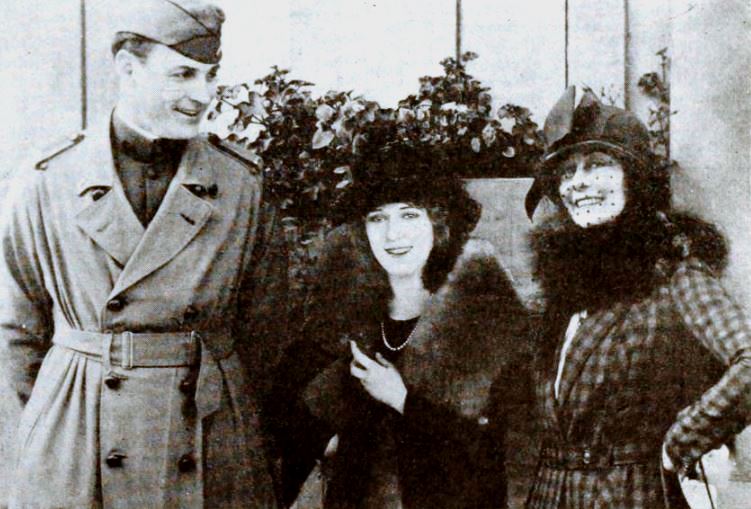
Fred Thomson, Frances Marion, & Mary Pickford. Thomson & Marion are newly wed. Pickford had introduced them.
“Mary, that was years ago,” said Marion. But, knowing this was not a time for sweet reason, she exited Pickfair.
This was the early 60s. Anne of Green Gables came out in 1919. At that time Marion wasn’t writing screenplays for Pickford because Pickford and Fairbanks were busy starting United Artists with Charlie Chaplin and D.W. Griffith, and weren’t ready to produce movies for another 6 months. It didn’t enrage Pickford at the time.
Before and after that time, Marion wrote many screenplays for Pickford – The Foundling, Pollyanna, Rebecca of Sunnybrook Farm, The Little Princess – and the two had been fast friends since they met in 1914. In 1915, before Marion settled on writing, they both acted in A Girl of Yesterday. By 1917 Pickford was the highest-paid star in Hollywood and Marion was the highest-paid scenario writer. (Marion used Oscars as doorstops.)
Their friendship had ups and downs. Yeah, Pickford was an alcoholic.
A few days after Pickford threw Marion out of the house, she sent this note in turquoise ink on turquoise-edged stationery:
I am terrible afraid I hurt your feelings the other evening. I so frightfully sorry and appolegeties. Do, please, forgive me. I love you, I always have and I always will—Please don’t stop loving your squeebie shurk-fall.”
Not a good apology. Doesn’t say what she did. (Did she remember? Because alcohol.) Doesn’t say she won’t do it again. (She might, after all. Because alcohol.) Uses baby talk. (Because Pickford.)
Marion did forgive her, although of course there were always more downs and ups. In a later note Marion wrote Pickford, “Squeebie Dear—Don’t be a little stink pot. When I call again talk to me. Both of us can do with some loving laughter.”
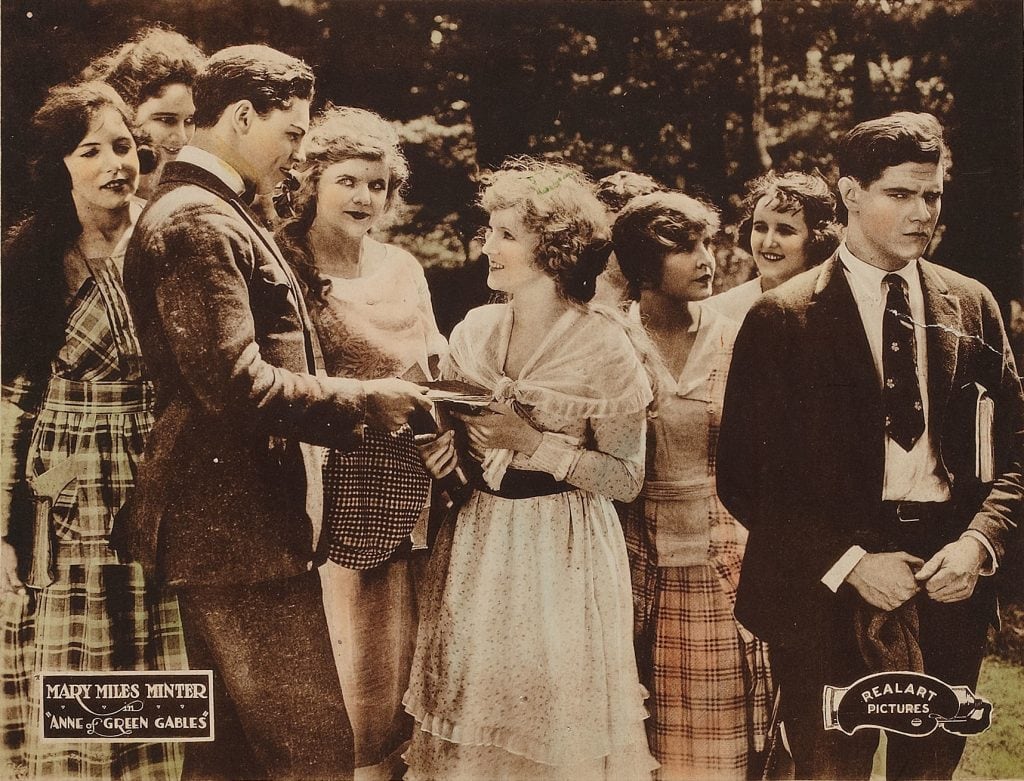
Anne of Green Gables. That would have been a perfect role for Pickford. And Fairbanks could have played Gilbert Blythe. Or at least the guy on the right.
Marion later declined to discuss Pickford’s drinking habits with an interviewer. “What business is it of anyone’s? She gave the world so much pleasure and that’s all that matters.”
Usually our most tempestuous friendships are among our oldest ones. When we’re older we’re less likely to make friends with people who may throw us out or refuse to take our calls. But if you go way back with Squeebie, you may accept apologies for offenses you know are liable to be repeated.
And at least Pickford was never suspected of murder, more than you can say for Mary Miles Minter.
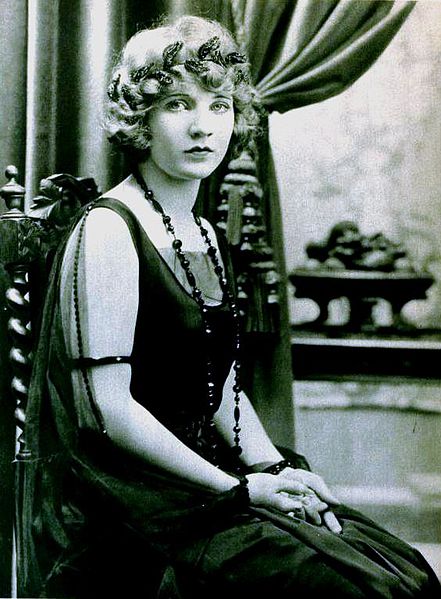
Mary Miles Minter. ‘I didn’t kill him! I loved him! And he loved me, no matter what they say. Also my mother didn’t kill him.’
*
(Much of this information comes from Cari Beauchamp’s interesting, nicely-titled Without Lying Down: Frances Marion and the Powerful Women of Early Hollywood.)
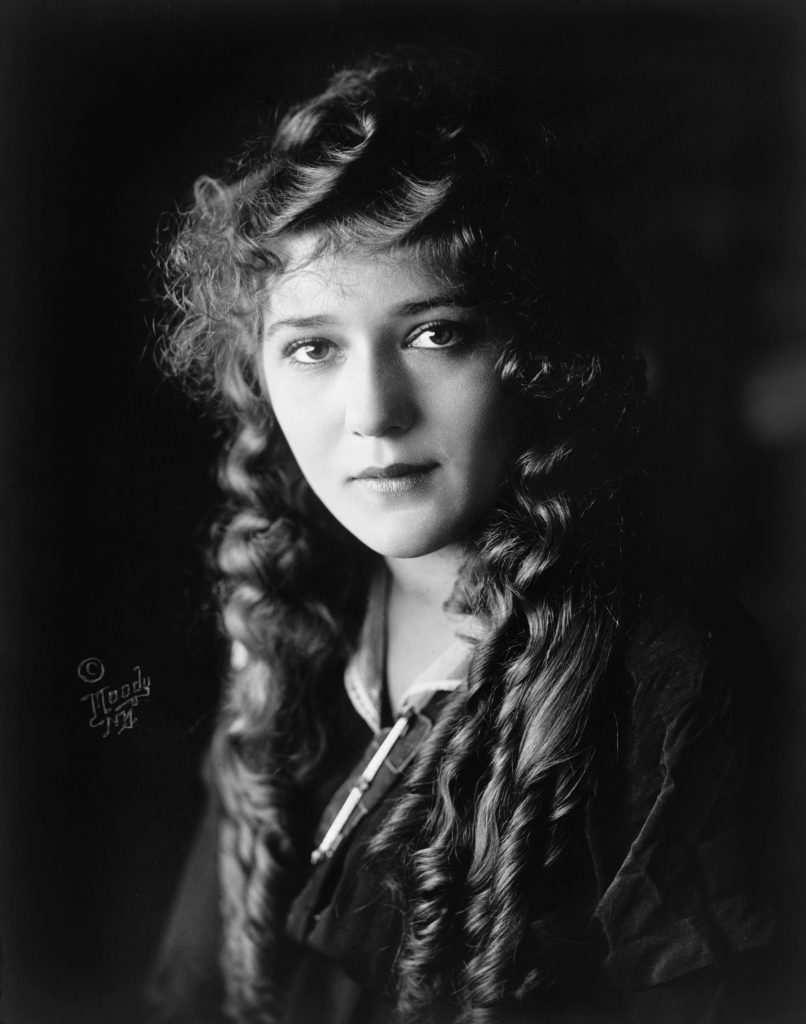
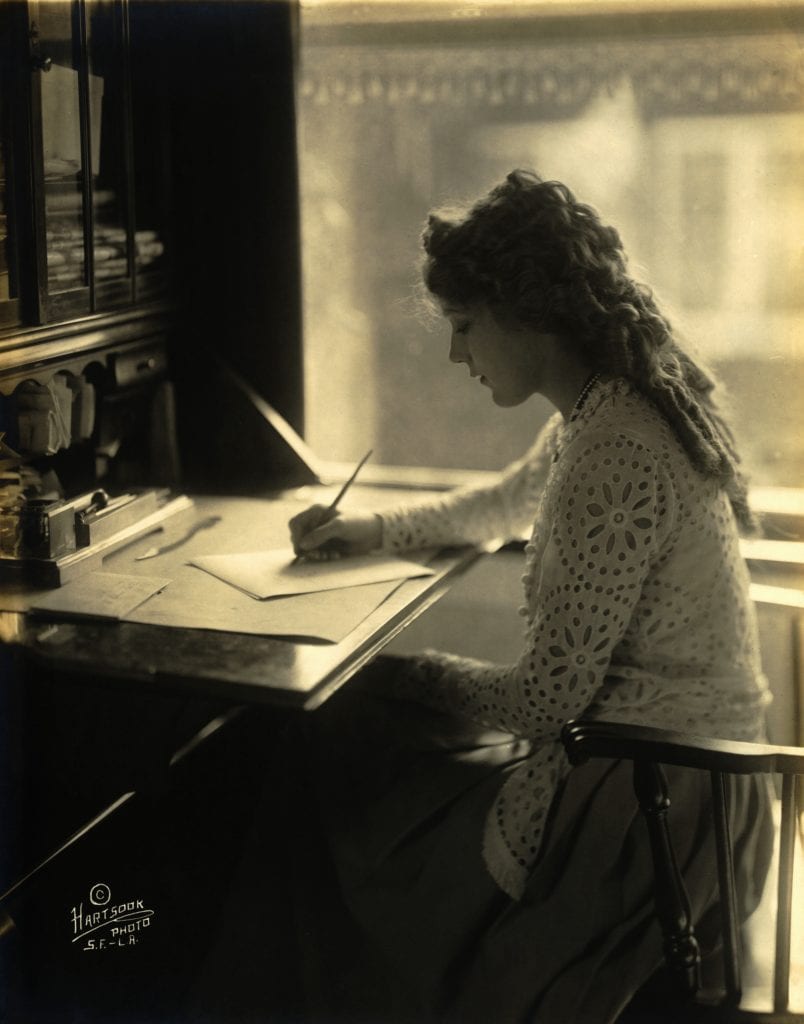

Wow, poor Frances… so much she put up with. Honestly, is there a way to be friends with someone who abuses you whilst drunk, and accept their apologies… over and over? I think I couldn’t… good apologies or no. I don’t at all mean to sound intolerant, but I think I’d have to be a tea friend, and slide out when the wine was poured.
I had never heard of Mary Miles Minter before this post. Following up the link, I see why. Nearly every film she starred in is lost.